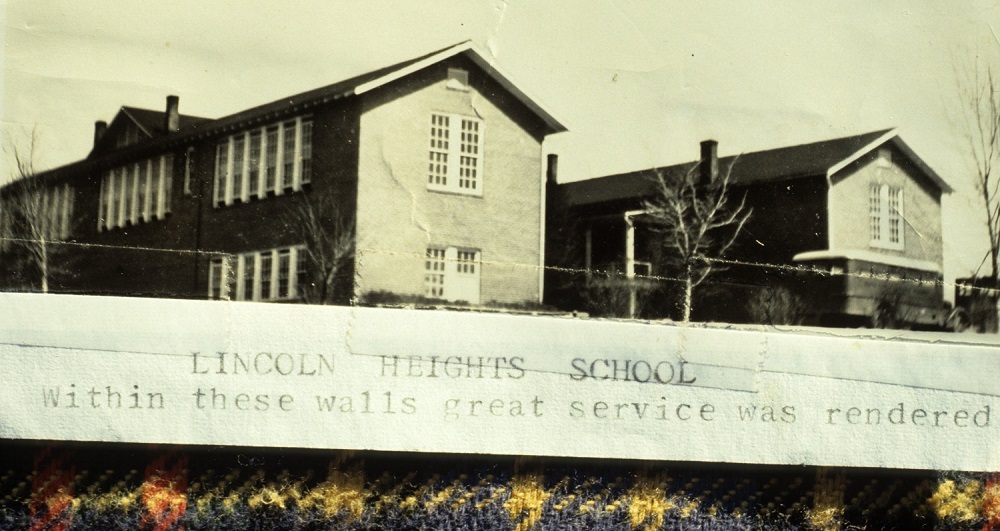 Wilkes County has many interesting sites on the National Register of Historic Places, with a wide variety of architecture and different types of historic significance. But one of the most recent additions is especially meaningful during this month’s Black History Month celebrations -- Lincoln Heights School.
Wilkes County has many interesting sites on the National Register of Historic Places, with a wide variety of architecture and different types of historic significance. But one of the most recent additions is especially meaningful during this month’s Black History Month celebrations -- Lincoln Heights School.
Built in 1924, the brick school building was funded in part by Julius Rosenwald, president and chairman of Sears, Roebuck and Co. He and Booker T. Washington joined together in an effort to improve schools for blacks in the South, and from 1910 through the 1930s, they helped fund the building of more than 5,300 schools across 15 southern states. More were built in North Carolina than any other state, and residents of Wilkes County are proud to have had one of these schools in their own community. Rosenwald contributed funds to match what was contributed by the community, and through raffles and flea markets the citizens of Wilkes County raised funds to build this school.
Students came from all over Wilkes County as well as the surrounding counties of Ashe, Alleghany, Surry and Yadkin in order to receive an education. “Our parents knew how important it was for us to have an education, and they worked hard for us to have it,” said Brenda Dobbins. Brenda and three of her four brothers and sisters attended Lincoln Heights School. She graduated in 1966, one of the last graduating classes before schools in Wilkes County were desegregated, which meant her youngest sister attended East Wilkes High School.
The school building itself may have provided the bare bones for an education, but it was the teachers who helped make the school successful. “We had such good teachers at that school,” Brenda said. “They really worked hard to teach us how to study, so when we graduated, whether we went on to college or to work, we could continue to learn and be successful.”
Life as a student wasn’t easy for the kids at Lincoln Heights. Brenda spent four to five hours a day on the bus to get to and from school, and that was after waking up early to do chores around the house. The school depended on a potbelly stove for heat in the winter and students worked from secondhand textbooks. “It was a struggle in many ways, but we had a lot of fun times too,” Breanda said. She tells of how first thing in the morning all the students, from first grade through twelfth, would join together in the auditorium for a devotion time. “We’d sing songs, and if that long bus ride had gotten you a little cranky, the songs would put you in a better mood,” Brenda said. They also had a May Day celebration with a May Pole every year, a Sweetheart Ball, and fundraisers where the parents would sell quilts, pies and cakes to raise money for the school. “We really came together as a community to support this school.”
That community came together again in 2019, when Lincoln Heights gained its place on the National Register of Historic Places. “It was really important for me to see this happen,” Brenda said. “We need to let our children know where we’ve come from, and how hard we worked to get where we are today. We need to keep the history alive.”
For further reading. Check out this video and article on Lincoln Heights from Zayrha Rodriguez.












